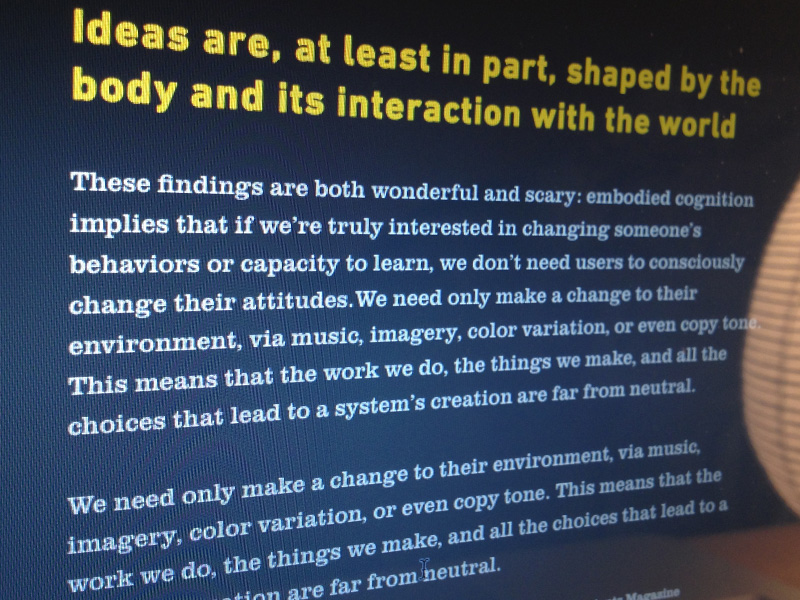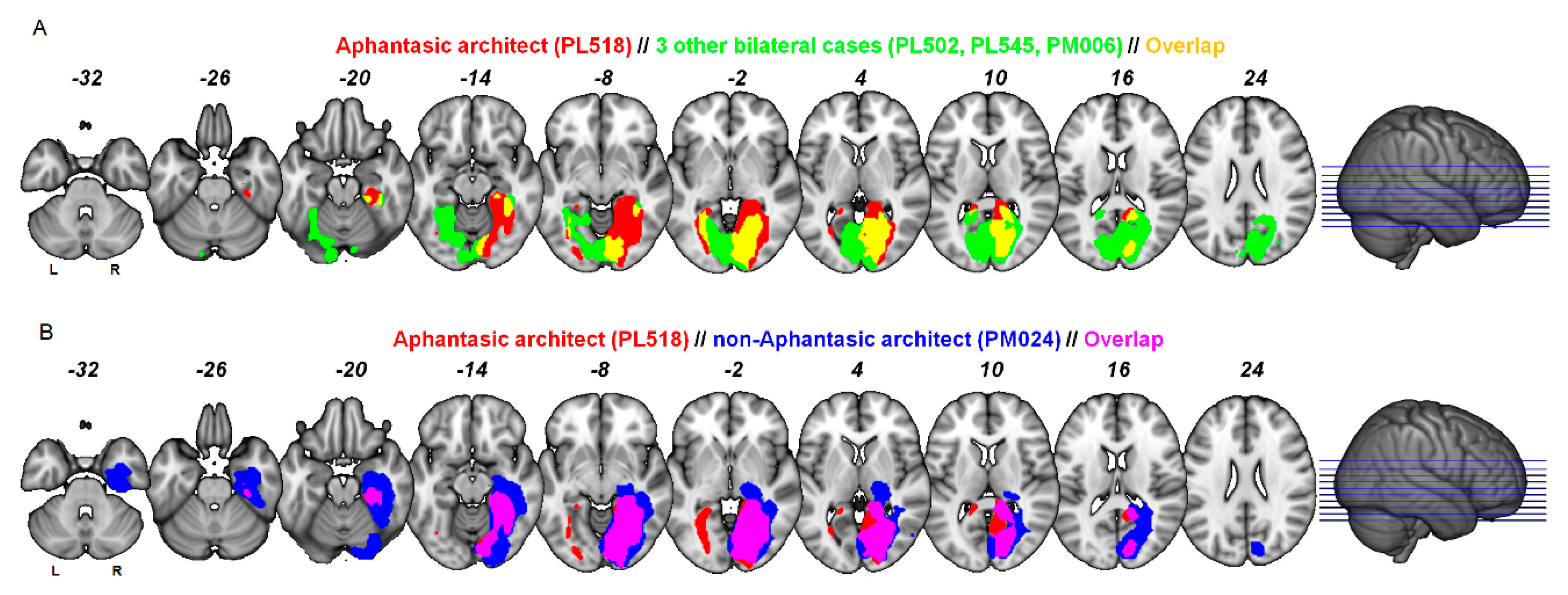

whether they saw mostly green, red, or a mixture. “When the picture disappeared, they reported which image had been dominant, i.e. Afterwards, a picture of the pattern was shown to them on a screen (the binocular rivalry display) for a brief 750 milliseconds. “They then had to imagine the red or green pattern for 6-7 seconds. “The letter represented the image they were meant to imagine: ‘R’ indicated a horizontal red pattern, while ‘G’ indicated a vertical green pattern. “Participants were shown either the letter ‘R’ or ‘G’ at the beginning of each imagery experiment trial,” says Dr Keogh. This method is more reliable and accurate than asking participants their opinion of how strong their imagery is. To measure the vividness of a person’s mental imagery, the researchers applied a lab method that uses a visual illusion called ‘binocular rivalry’ to directly measure the sensory strength of imagery.

“It is exciting to finally discover the first clues as to why the mental lives of each and every one of us differs so much.” “Galton’s discovery was made in 1883, but some theorise the question could also date as far back as the philosopher Plato,” says Prof Pearson, director of the Future Minds Lab. The cause of such differences has been a scientific mystery since Charles Darwin’s cousin, Francis Galton, discovered in 1883 that some people have strong imagery while others are born without any imagery at all. “Our research offers a potential neurological explanation as to why these large individuals differences occur.” “For some people, the image is so clear it’s almost like seeing for others, it’s weak and dim. “There are also large individual differences in our ability to create images in our mind,” says Dr Keogh.

They plan on expanding this research in future studies. Each phase of the research had 16-37 participants, with over 150 people in total. The neuroscience study used a multi-method approach to identify the link between excitability and image strength, including analysing fMRI brain imaging data and magnetically inducing weak hallucinations (a method called Transcranial Magnetic Simulation or TMS).Īfter identifying a link between brain excitability and imagery strength, the researchers altered the excitability of a person’s visual cortex using a non-invasive brain stimulation (called Transcranial Direct Current Stimulation, or tDCS) to see whether it triggered a change to their imagery strength. “Drawing a picture on a dusty (more excitable) chalkboard would make it hard to see, but if you draw on a cleaner (less excitable) chalkboard, the picture will be clearer.” “Think of the brain’s visual cortex as a chalkboard,” says Dr Keogh, who works with Professor Joel Pearson in UNSW’s Future Minds Lab, a centre that does both fundamental cognitive neuroscience research and applied work. Neurons that fire more frequently in the visual cortex could be adding ‘noise’ to the image signal, the researchers theorise – interfering with a person’s ability to form a clear image in their mind.

The findings were published today in the journal eLife. “Surprisingly, participants with less excitable visual cortex saw stronger mental images,” says Dr Rebecca Keogh, postdoctoral fellow in the School of Psychology and lead author of the study. The strength of a person’s mental imagery – their ability to picture something in their mind’s eye – is linked to the excitability of different brain regions, a study led by researchers at UNSW Sydney has found.Īn excitable prefrontal cortex made a person more likely to visualise strong images, while the opposite was true in the visual cortex.īrain excitability is the likelihood that neurons will fire, and it varies from person to person – for example, past studies have shown that people who experience migraines with aura have high visual cortex excitability.


 0 kommentar(er)
0 kommentar(er)
